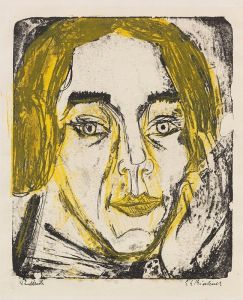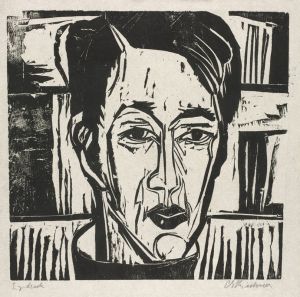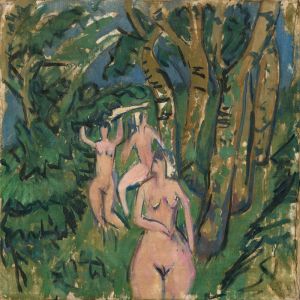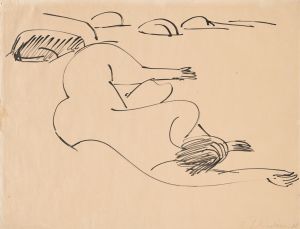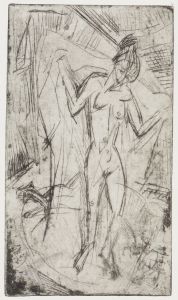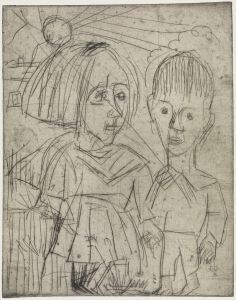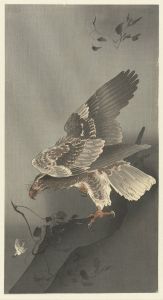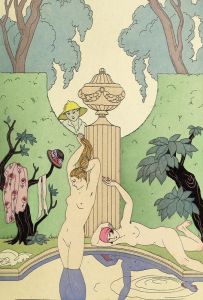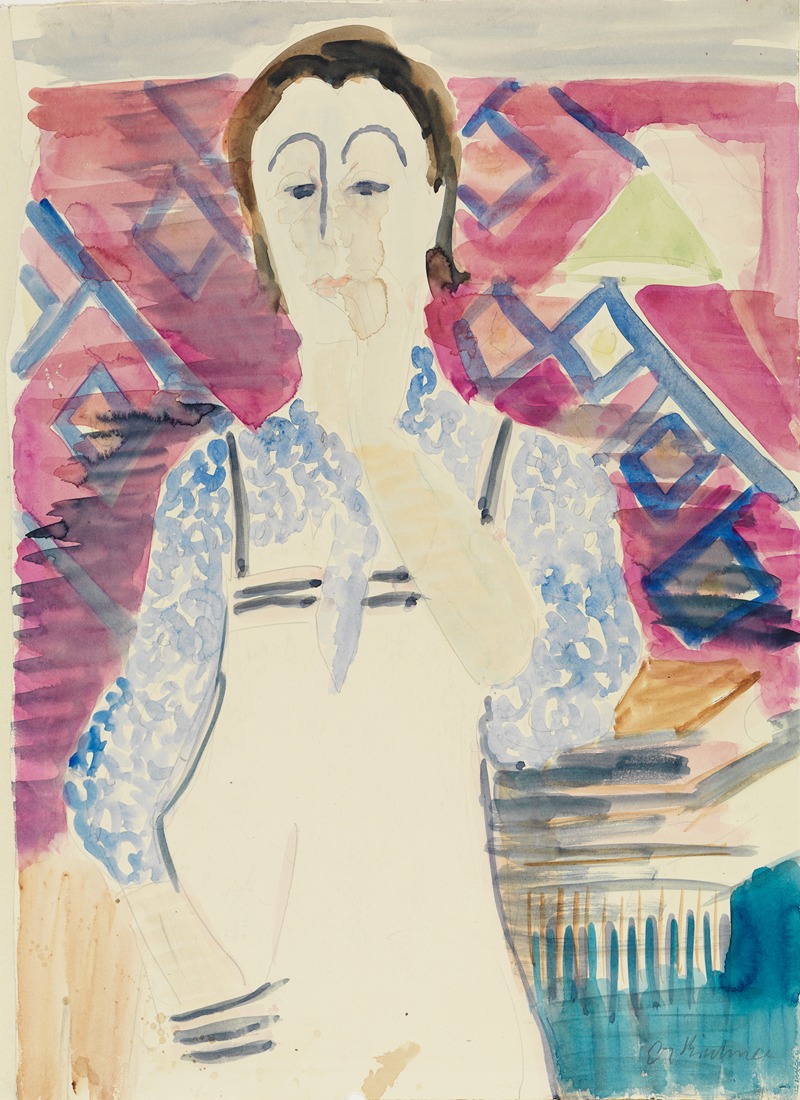
Frau mit Schürze
A hand-painted replica of Ernst Ludwig Kirchner’s masterpiece Frau mit Schürze, meticulously crafted by professional artists to capture the true essence of the original. Each piece is created with museum-quality canvas and rare mineral pigments, carefully painted by experienced artists with delicate brushstrokes and rich, layered colors to perfectly recreate the texture of the original artwork. Unlike machine-printed reproductions, this hand-painted version brings the painting to life, infused with the artist’s emotions and skill in every stroke. Whether for personal collection or home decoration, it instantly elevates the artistic atmosphere of any space.
Ernst Ludwig Kirchner was a prominent German expressionist painter and one of the founding members of the influential art group Die Brücke (The Bridge), which played a crucial role in the development of modern art in the early 20th century. Kirchner's work is characterized by its bold use of color, dynamic compositions, and expressive forms, often reflecting the anxieties and tensions of the modern world.
"Frau mit Schürze" (Woman with Apron) is one of Kirchner's works that exemplifies his distinctive style and thematic interests. Painted during a period when Kirchner was deeply engaged with the expressionist movement, this piece reflects his fascination with the human figure and the exploration of psychological depth through portraiture.
The painting depicts a woman wearing an apron, a common garment that suggests domesticity and everyday life. Kirchner's portrayal of the subject is marked by his typical use of vivid colors and strong, angular lines, which convey a sense of immediacy and emotional intensity. The woman's expression and posture may suggest a range of emotions, inviting viewers to interpret her inner world and the context of her environment.
Kirchner often drew inspiration from the people and scenes around him, capturing the essence of modern urban life and its complexities. His works frequently feature individuals from various walks of life, reflecting his interest in the human condition and the social dynamics of his time. "Frau mit Schürze" fits within this broader context, as it highlights Kirchner's ability to infuse everyday subjects with a sense of drama and psychological depth.
The painting is also notable for its composition and use of space. Kirchner often employed a flattened perspective and bold outlines, which are evident in this work. These techniques contribute to the painting's overall impact, drawing the viewer's attention to the subject and her surroundings in a way that feels both immediate and timeless.
Kirchner's work, including "Frau mit Schürze," was influenced by various artistic movements and cultural currents of the early 20th century. He was particularly inspired by the art of non-Western cultures, which he encountered through museum collections and exhibitions. This influence is evident in his use of simplified forms and expressive distortions, which challenge traditional Western notions of beauty and representation.
Throughout his career, Kirchner faced numerous personal and professional challenges, including the impact of World War I and the rise of the Nazi regime, which labeled his work as "degenerate art." Despite these difficulties, his contributions to the expressionist movement and modern art remain significant, and his works continue to be celebrated for their innovative approach and emotional depth.
"Frau mit Schürze" is a testament to Kirchner's artistic vision and his ability to capture the complexities of human experience through his unique style. Today, his paintings are held in major museums and collections worldwide, where they continue to inspire and provoke thought among art enthusiasts and scholars alike.





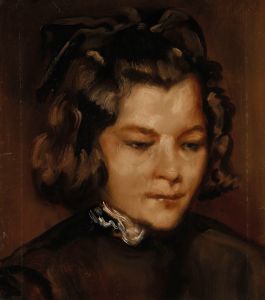
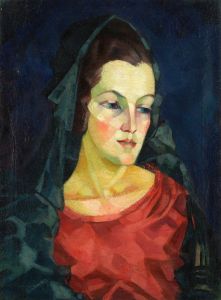
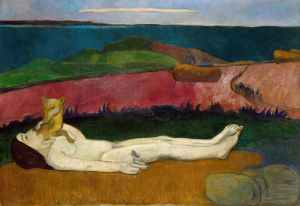
![Design drawings for Community Coffee Shops, Wilkes-Barre, PA.] [Proposed wall treatment, interior elevation color study with bosky murals](/imgs/249275/s/winold-reiss-design-drawings-for-community-coffee-shops-wilkesbarre-pa-proposed-wall-treatment-interior-elevation-color-study-with-bosky-murals-1ff2a82a.jpg)

